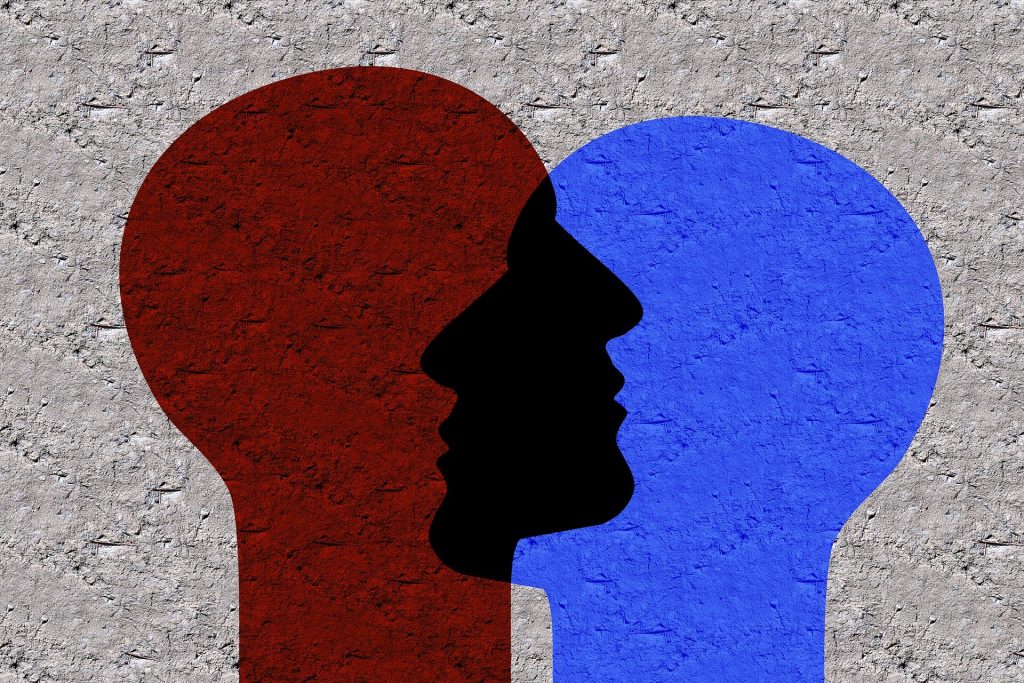Author
Educator
My work is focused on solutions to help students, educators, administrators and community members and their organizations/institutions thrive, not just survive.


We live in a world surrounded by trauma. There’s no doubt about it.
The trauma comes from a myriad of sources including childhood adverse experiences, natural disasters and shootings in locations commonly considered safe. The fact is that trauma produces symptoms.
While symptomology differs from person to person (even within the same family), it affects the capacity of individuals of all ages to learn and retain information.
Here’s why.
When a person experiences trauma, it affects their bodies and their brains. The immediate response to trauma is autonomic and when our nervous system is activated, we cease using the cognitive portions of our brain. We use our primitive brain to survive. And, as we all know, we need our cognition to be operational because that is where most learning is enabled.
Also, our memory is challenged by trauma and that involves not just the brain cortex but the amygdala and the hippocampus. The chemicals soaring through our bodies have an impact too; while that impact can be positive (saving us from immediate harm), it can also cause our body to overwork, our immune system to become inflamed and our capacity to concentrate to be severely impaired.
Long story short: trauma impacts the body and brain; it follows as night follows day that trauma affects our capacity to learn.
There’s another feature of trauma: it does not go away. It is not erased by time. Indeed, instead of disappearing, it keeps getting retriggered. What retriggers trauma differs from person to person and individuals are often unaware of why they feel as they do and why they are struggling as they are. Often, we misdiagnose learning issues as non-trauma problems including ADD, depression, newness to the learning environment and other psychological disorders. But the truth is that many individuals have experienced trauma and it is invisible to those individuals and those teaching them.
What this means is that adult learners who are struggling may be experiencing trauma symptomology. And, because trauma is carried with a student in the equivalent of an invisible but omnipresent suitcase, the effects of trauma go unrecognized. Adult learners are struggling but we aren’t providing the right interventions for many of them.
At first blush, this sounds like an intractable problem. Trauma is omnipresent; we don’t see it or recognize it or deal with it; and students are struggling as a result. But, here’s the good news: there are interventions that can and do help those who are traumatized learn and flourish. This is not a problem for which we have no workable solutions. We have the latter kind of problems (intergenerational poverty; war; certain diseases like ALS among others) but trauma isn’t incurable. Being affected by trauma is not something as to which we are only now finding solutions and approaches that ameliorate its impact. Just the opposite. We have strategies that can be deployed. They do help and they are not so expensive that they cannot be implemented.
The strategies I am suggesting fall into two basic categories: micro changes that can occur in classrooms and on campuses through the work of professors and staff and macro changes where institutions of learning become trauma responsive (as opposed to simply trauma informed or trauma aware). The problem: those who teach and work with students and those who lead institutions are not, for the most part, trauma trained. They may know that trauma is an issue of import but they may not know what to do about it. We have weak training, especially for those teaching adult learners.
Consider these two strategies (one micro and one macro) that are implementable and would help adult learners progress through the educational pipeline. They are exemplars of how trauma interventions can be beneficial.
First, many professors come to class assuming that students are ready, willing and able to learn. But, for adult learners, things outside the classroom can and do affect them. They may have had a child up all night with some illness; they may have a spouse or partner who is abusive; they may be working a job (or two) to make ends meet; they may be having problems in their workplace; they may suffering from food scarcity or homelessness; they may not have been able to do the needed reading and studying because they have no time to themselves or are so tired they cannot take in the material. Yet, professors are not – for the most part – paying attention to what has happened to students in the days or nights before class. They just teach. They place the onus on learning on the students.
What if professors took 10 minutes at the start of class to “get everyone on the same page” in a way that is not threatening. They could do an exercise that lowers the autonomic nervous system by asking students to reflect on and write down three words that are on their mind right now. They could then have the students rewrite those words with their non-dominant hand, a difficult and perhaps comedic effort. These steps would help reset the brain; individuals would move into a place where they can absorb material, engage with others and learn.
Now professors may say: We can’t do this. This is taking valuable time away from learning and minimizes the content we are seeking to cover. I would answer that the time is well worth taking because in its absence, learning is impaired and the learning will not be optimal. For some, learning may not occur at all.
Second, consider a place of learning that is aware of the “newness” and challenges of learning and the presence of trauma symptomology. Learning involves risk taking and leaps of faith for adult learners (children too). What if an institution had more than an initial orientation, which is often hard to attend and hard to absorb. What if there were more orientations and informal opportunities for students to engage with faculty and staff and ask questions in non-threatening ways? Why have students come to offices they cannot name (registrar; bursar). Instead, have these services come to the students and make themselves available in easier ways – sitting for an hour each day in a student center or offering call-in hours at times that are convenient for adult students.
In other words, change the institutional culture so that it is responsive to students and their needs and enables them to engage. Traumatized students need environments that are accessible and safe and encouraging.
These are but two suggestions and there are many many others. And, these are strategies that call for a changes in the classroom, in the role of professors and in how institutions operate. Yes, change is hard. But the absence of change can hurt the very purpose of educational institutions, namely learning.
There is much to be done to help adult learners. We can start by learning who they really are. Once we understand the students we are teaching, we can make inroads that will enable their learning. Difficult to do, yes. Important to do, yes. Doable, yes.
Stated another way, we need to name what is happening: there is trauma and trauma symptomology in many of our adult students; then we need to tame that trauma through interventions that can be learned; and finally we need to frame the trauma, namely focus our attention on trauma and its importance and how to be prepared to address it.
Name, tame and frame. That’s the strategy. What better time for implementation than now. Time is moving forward. We need to move forward too.
Article originally appeared on Cael.org: https://www.cael.org/blog/trauma-impacts-adult-learners-heres-why